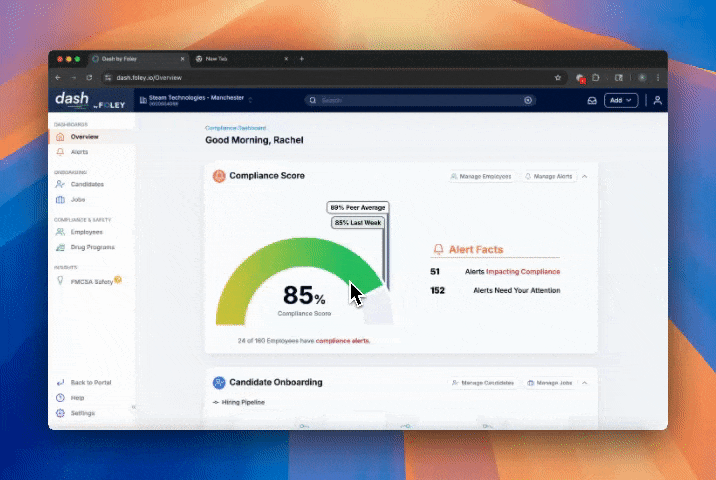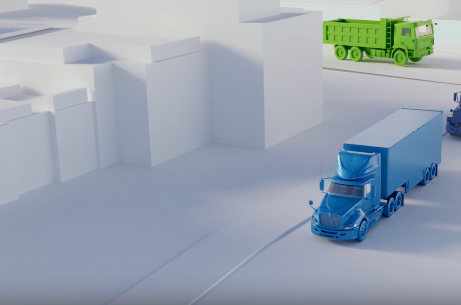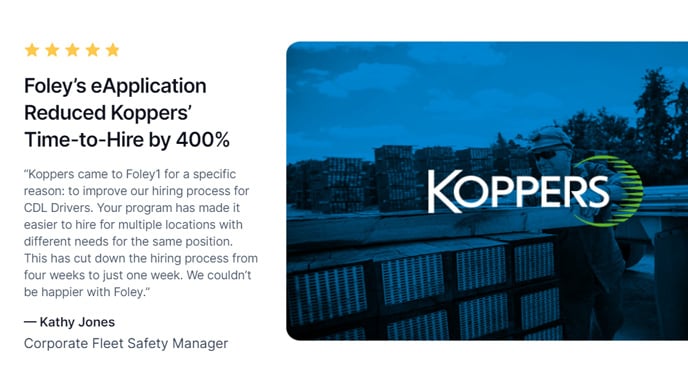DOT Physical Blood Pressure: 2025 & Beyond — Updated Guidance

Why Blood Pressure Matters in DOT Physicals
Hypertension remains one of the most common and consequential medical issues among U.S. adults. Elevated blood pressure (BP) is a risk factor for cardiovascular disease, stroke, and kidney damage—conditions that can impair a driver’s ability to safely operate commercial vehicles.
In the DOT (FMCSA) physical, blood pressure is a critical screening element. Drivers must meet specified thresholds to be medically certified for a certain duration. This ensures drivers are not endangering themselves or others due to underlying health risk.
Because the medical and regulatory landscape evolves (e.g. new clinical hypertension guidelines, updated FMCSA examiner handbooks), it’s important to keep this article refreshed with the latest data and rules.
What the FMCSA / Medical Examiners Handbook Now Says
-
The 2024 Medical Examiner’s Handbook is the current reference for certified medical examiners. It replaces all prior editions.
-
The handbook includes updated guidance on medical conditions, examiner discretion, and qualification criteria.
-
While the handbook doesn’t itself “set new blood pressure limits,” certified examiners must follow it, and the FMCSA’s regulation § 391.41(b)(6) is still the legal basis for medical qualification.
So far, there has been no official public announcement from the FMCSA revising the hypertension thresholds beyond what is already practiced (see next section). Media posts about “new DOT blood pressure guidelines” should be taken cautiously unless tied to official FMCSA or Federal Register changes.
Current DOT / FMCSA Blood Pressure Guidelines (as of 2025)
According to FMCSA guidance (e.g. via § 391.41(b)(6) and the Medical Examiner’s Handbook), and consistent with commonly used interpretations by examiners and DOT-physical providers:
|
BP Category |
What It Means for DOT Certification |
|
< 140 / 90 mmHg |
Eligible for 2-year certification (if no other disqualifying condition) |
|
140–159 / 90–99 (“Stage 1 hypertension”) |
Certification limited to 1 year; requires annual monitoring |
|
160–179 / 100–109 (“Stage 2 hypertension”) |
One-time 3-month certificate (to allow time for treatment); if BP is controlled to ≤140/90, then a 1-year certificate may be granted |
|
≥ 180 / ≥ 110 (“Stage 3 hypertension”) |
Disqualification until BP is controlled; after control, possible six-month certification or more frequent review |
Notes / nuances:
-
Some providers and industry commentary term Stage 3 as “automatic fail,” though in practice examiners may provide conditional clearance once BP is brought under control.
-
Drivers under treatment (on antihypertensive medication) can be certified — but usually only on a 1-year basis (even if BP is optimal) unless there is a longer-term clearance protocol in place.
-
“White coat hypertension” (elevated readings due to exam stress) is a recognized issue; some examiners may take multiple readings or ask for home monitoring data.
-
Some drivers with coexisting conditions (e.g. kidney disease, diabetes) may be subject to more stringent BP goals from their primary physician, but DOT limits remain as above for certification purposes.
Thus, the thresholds stated in the original article remain largely correct under current practice. To be safe, always consult your certified medical examiner or the latest FMCSA guidance.
What’s New or Worth Emphasizing
-
No formal new BP rules yet: Although some third-party articles (e.g. “2025 MCSA Physical Standards Update”) suggest updates, they mostly focus on administrative changes (updated forms, documentation) rather than changed BP thresholds.
-
Revised examination forms: As of 2025, new versions of Form MCSA-5875 (Medical Examination Report) and MCSA-5876 (Medical Examiner’s Certificate) are required. Examiners must use the updated forms to avoid rejections. Partnering with a third-party compliance expert can help ensure you're working with FMCSA-certified physicians who are trained to follow DOT protocols.
-
Increased regulatory scrutiny on comorbidities: The 2025 “standards update” commentary suggests more focus on conditions like diabetes, cardiovascular events, and mental health. While not directly changing BP thresholds, this means examiners may request more documentation, clearances, or medical oversight in borderline cases. This makes it even more important for you to keep organized, compliant driver files to reduce the risk of failing safety audits.
-
Hypertension guidelines from the medical field are evolving: New hypertension guidelines (2025) emphasize earlier and broader treatment for high BP, with lower target goals in many cases. For drivers, this means medical expectations may shift over time, and examiners might increasingly expect tighter control. If a driver’s treating physician holds to a more aggressive target (<130/80), this may influence documentation and perceived driver fitness.
-
Emphasis on preventive care and monitoring: Industry experts suggest drivers should proactively monitor BP, carry a portable cuff, and act early. In fact, many companies increasingly view health programs (wellness, telehealth) as part of fleet risk management.
Related guide: Compliant Driver Qualification Files (DQFs) Made Simple
How to Pass (or Retake) the DOT Physical When BP is Elevated
Short-term strategies (days to weeks before the exam):
-
Reduce sodium intake (processed foods, high-salt restaurant meals)
-
Increase water intake to flush sodium
-
Avoid caffeine, nicotine, and heavy exertion immediately before exam
-
Practice relaxation / deep breathing to lower “white coat” effect
-
Monitor BP at home (or using reliable cuff) and bring readings/printouts to the exam
-
If under medical supervision, ensure medication compliance
Long-term strategies:
-
Adopt a heart-healthy diet (DASH diet, fruits, vegetables, lean protein)
-
Regular cardiovascular activity (walking, cycling, resistance)
-
Weight reduction if overweight
-
Limit alcohol, quit smoking
-
Regular primary care / cardiology monitoring
-
Adjust medications in coordination with doctor
-
Maintain driver medical documentation (labs, BP logs, physician notes)
If a driver initially fails or is restricted, the goal is to bring BP under control, document consistent improvement, and reschedule a re-examination (or provide clearance to the examiner).
How a Compliance Partner Can Help
With Foley’s DOT physical software, managing blood pressure compliance becomes part of an automated and audit-ready workflow. Foley can auto-order a driver’s DOT physical up to 60 days before their medical certificate expires, ensuring no lapses in certification. Once the exam is completed, the new medical certificate is uploaded and stored alongside prior ones in a single digital archive, giving you a “source of truth” that helps avoid missing or expired documents during safety audits.
Learn how Elberta Logistics eliminated manual DOT compliance management with Foley
You can also set up alerts or notifications for drivers whose BP readings or health clearance require more frequent review, so your team never overlooks a borderline case. And if drivers are spread across the country, Foley’s referral network of FMCSA-certified medical examiners helps you steer them to approved providers no matter where they’re located.
Questions? Reach out to speak with a Foley compliance specialist today.
Related Articles
Fleet Compliance Management: A Smarter Way to Keep Your Drivers and Business Protected
Foley’s Enhanced Compliance Platform: Smarter Hiring, Stronger Safety, Less Stress
What is a Compliance Score—and Why it Matters
.png)


